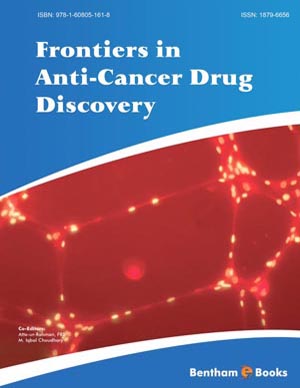Abstract
Anti-cancer drug development is a major area of research. Monitoring of response to newer anti-cancer drugs has undergone an evolution from structural imaging modalities to target functional metabolic activity at cellular level to better define responsive and non-responsive cancerous tissue. This review article highlights the contribution of Positron Emission Tomography (PET) in this field. PET holds a promising role in the future by providing information pertaining to the drugs effectiveness early in the course of therapy, so that side effects and expenses can be reduced substantially. PET has been used to measure changes in drug induced metabolism, cellular proliferation and tissue perfusion. Also changes induced by immuno-modulating drugs such as apoptosis, telomere activity, growth factor levels and many more can be studied using specific radiolabelled PET tracers, whereas conventional imaging modalities that detect changes in tumour size and residual tissue histopathology may not prove useful in such scenario.






















